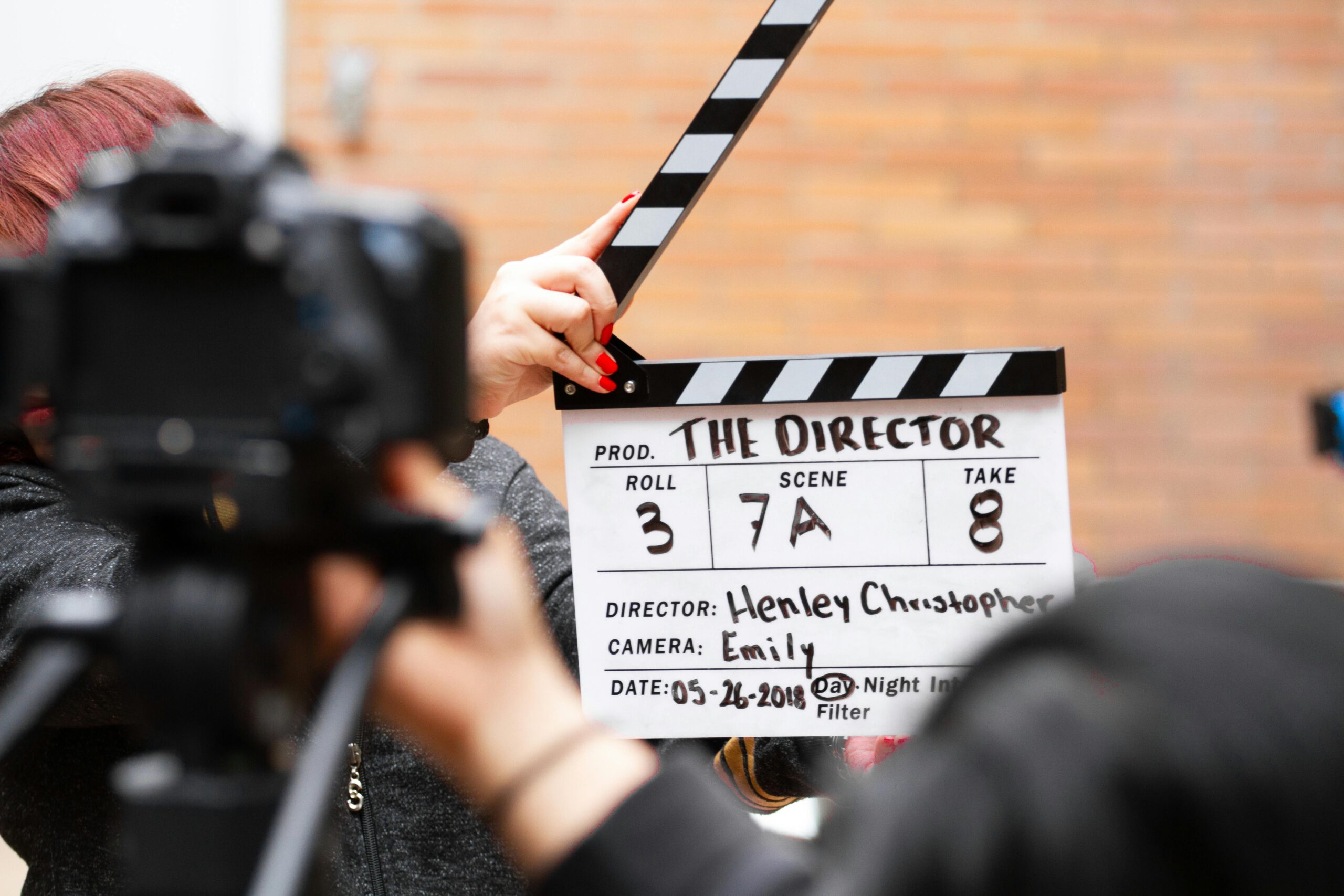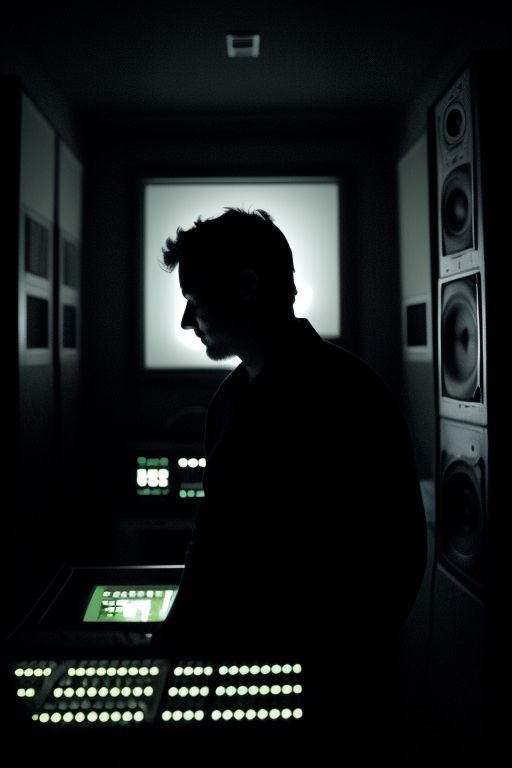The role of a director is crucial to the successful execution of a live or recorded program. The director is the creative and technical lead who oversees the entire production process, ensuring that the final output meets the highest standards of quality and coherence. This article delves into the multifaceted responsibilities of a broadcast director, highlighting their significance, skills required, and the impact they have on the overall broadcast production.
The Role of a Broadcast Director
A broadcast director is responsible for the visual and auditory elements of a production. They are the ones who bring the script to life, making real-time decisions that affect the pacing, style, and overall look of the broadcast. Here’s a detailed look at their key responsibilities:
- Pre-Production Planning
- Script Analysis: The director begins by thoroughly understanding the script. This includes interpreting the writer’s vision and determining how to visually and audibly translate it to the audience.
- Shot Planning: Directors plan out every shot, deciding on camera angles, movements, and transitions. This involves creating a detailed storyboard or shot list.
- Technical Setup: They collaborate with the technical team to ensure all equipment, including cameras, microphones, and lighting, is set up correctly.
- Rehearsals: Conducting rehearsals is essential to ensure that the cast and crew are well-prepared. The director provides guidance on performance, timing, and technical execution during these rehearsals.
- Live Production
- Real-Time Decision Making: During a live broadcast, the director makes quick decisions to manage camera shots, transitions, and graphics. This requires a keen eye and the ability to remain calm under pressure.
- Communication: The director communicates continuously with camera operators, floor directors, technical directors, and the on-air talent. This is often done through a headset system.
- Quality Control: They ensure the broadcast maintains high quality, adjusting for any unforeseen issues like technical glitches or on-air mistakes.
- Post-Production
- Editing: After the live or recorded broadcast, the director oversees the editing process. They work with editors to fine-tune the final product, ensuring it aligns with the initial vision.
- Review and Feedback: The director reviews the completed broadcast, providing feedback to the team and making any necessary adjustments for future productions.
Key Skills Required for a Broadcast Director
Being a broadcast director requires a blend of creative, technical, and managerial skills. Here are some of the most critical skills needed:
- Creativity: Directors need a strong creative vision to bring the script to life in a compelling way. This involves a deep understanding of storytelling, visual composition, and pacing.
- Technical Proficiency: A solid grasp of broadcast technology, including cameras, switchers, audio boards, and editing software, is essential. Directors must understand how to use these tools to achieve the desired effect.
- Leadership and Communication: Effective communication and leadership skills are crucial. Directors must clearly convey their vision and instructions to the cast and crew, ensuring everyone is on the same page.
- Quick Decision Making: The ability to make rapid decisions is vital, especially during live broadcasts. Directors need to solve problems on the fly and adjust plans as necessary.
- Attention to Detail: Every shot, sound, and transition must be meticulously planned and executed. A director’s keen eye for detail ensures the broadcast runs smoothly and looks polished.
The Impact of a Broadcast Director
The director’s influence on a broadcast cannot be overstated. Their decisions shape the viewer’s experience, from the visual aesthetics to the emotional impact. Here are some ways directors make a significant impact:
- Visual Style: The director’s choice of camera angles, lighting, and shot composition creates the visual style of the broadcast. This style sets the tone and mood, influencing how the audience perceives the content.
- Pacing and Rhythm: Directors control the pacing of the broadcast by determining the timing of shots and transitions. Good pacing keeps the audience engaged and ensures the broadcast flows smoothly.
- Performance Quality: By guiding the on-air talent and providing constructive feedback, directors help enhance the quality of performances. This is crucial in ensuring that the delivery aligns with the intended message.
- Technical Quality: Directors oversee the technical aspects of the broadcast, ensuring high audio and video quality. This includes managing the balance of audio levels, ensuring clear visuals, and coordinating graphics and effects.
The Director’s Workflow in Broadcast Production
To understand the role of a broadcast director, it’s essential to look at their workflow in detail, from pre-production to post-production.
- Pre-Production Phase
- Conceptualization: The director starts by conceptualizing the broadcast. This involves meetings with writers, producers, and other key stakeholders to discuss the script and overall vision.
- Storyboarding: Creating storyboards helps visualize the sequence of shots. Directors work with storyboard artists or create their own sketches to map out each scene.
- Technical Coordination: Directors meet with the technical crew to discuss the necessary equipment and setup. This includes camera placements, lighting design, and sound engineering.
- Casting and Rehearsals: Directors are involved in casting decisions, selecting the right talent for the roles. They also conduct rehearsals to ensure everyone is prepared and understands their cues.
- Production Phase
- Live Direction: During the live broadcast, the director’s role is to manage the production in real-time. They give directions to camera operators, cue the talent, and switch between shots seamlessly.
- Troubleshooting: Directors must be ready to handle any issues that arise during the broadcast, such as technical failures or unexpected changes in the script.
- Maintaining Continuity: Ensuring that the visual and auditory elements maintain continuity throughout the broadcast is a critical task. This includes managing transitions and keeping the pacing consistent.
- Post-Production Phase
- Editing Oversight: In post-production, the director works closely with editors to refine the broadcast. They review footage, suggest cuts, and ensure the final product aligns with their vision.
- Graphics and Effects: Directors coordinate with graphic designers and effects artists to add any necessary visual elements. This can include titles, lower thirds, and special effects.
- Final Review: Before the broadcast goes live or is distributed, the director conducts a final review. This is to ensure that all aspects of the production meet the expected quality standards.
The Evolution of the Broadcast Director’s Role
The role of a broadcast director has evolved significantly with advancements in technology. Today’s directors must stay updated with the latest trends and tools in the industry:
- Digital and Virtual Production: The rise of digital media and virtual production techniques has expanded the director’s toolkit. Virtual sets and augmented reality elements are increasingly used to enhance broadcasts.
- Remote Production: With the advent of remote production technology, directors can now manage broadcasts from different locations. This has become especially important during the COVID-19 pandemic, allowing for continued production despite restrictions.
- Interactive and Multi-Platform Broadcasting: Directors now need to consider multiple platforms, including social media and streaming services. Interactive elements and audience engagement strategies are essential for modern broadcasts.
Real-World Examples of Broadcast Directors
To illustrate the impact and responsibilities of broadcast directors, let’s look at some real-world examples:
- Live Sports Broadcasting
- Director’s Role: In live sports broadcasting, the director’s role is critical. They must capture the fast-paced action, switch between multiple cameras, and incorporate instant replays seamlessly.
- Challenges: The unpredictability of live sports requires directors to think on their feet and make quick decisions. They need to ensure that viewers get the best possible experience without missing any crucial moments.
- News Broadcasting
- Director’s Role: News directors are responsible for managing live news broadcasts, coordinating with reporters, and ensuring that breaking news is covered promptly.
- Challenges: The fast-paced nature of news requires directors to be highly organized and responsive. They must juggle multiple sources of information and adjust the broadcast on the fly.
- Entertainment Shows
- Director’s Role: For entertainment shows, directors focus on creating visually appealing and engaging content. This involves working with performers, choreographers, and technical crews to deliver a polished show.
- Challenges: Balancing creativity with technical execution is a key challenge. Directors must ensure that all elements, from performances to special effects, come together harmoniously.
Conclusion
The role of a broadcast director is multifaceted and essential to the success of any live or recorded broadcast. Directors are the creative visionaries who bring scripts to life, the technical experts who ensure smooth production, and the leaders who guide their teams through every step of the process. Their influence extends to every aspect of the broadcast, from the visual style and pacing to the performance quality and technical excellence.
As the broadcasting landscape continues to evolve with new technologies and platforms, the role of the director will undoubtedly adapt and expand. However, their core responsibilities—creating compelling content, managing production, and ensuring a high-quality viewer experience—will remain as critical as ever.






Leave a Reply